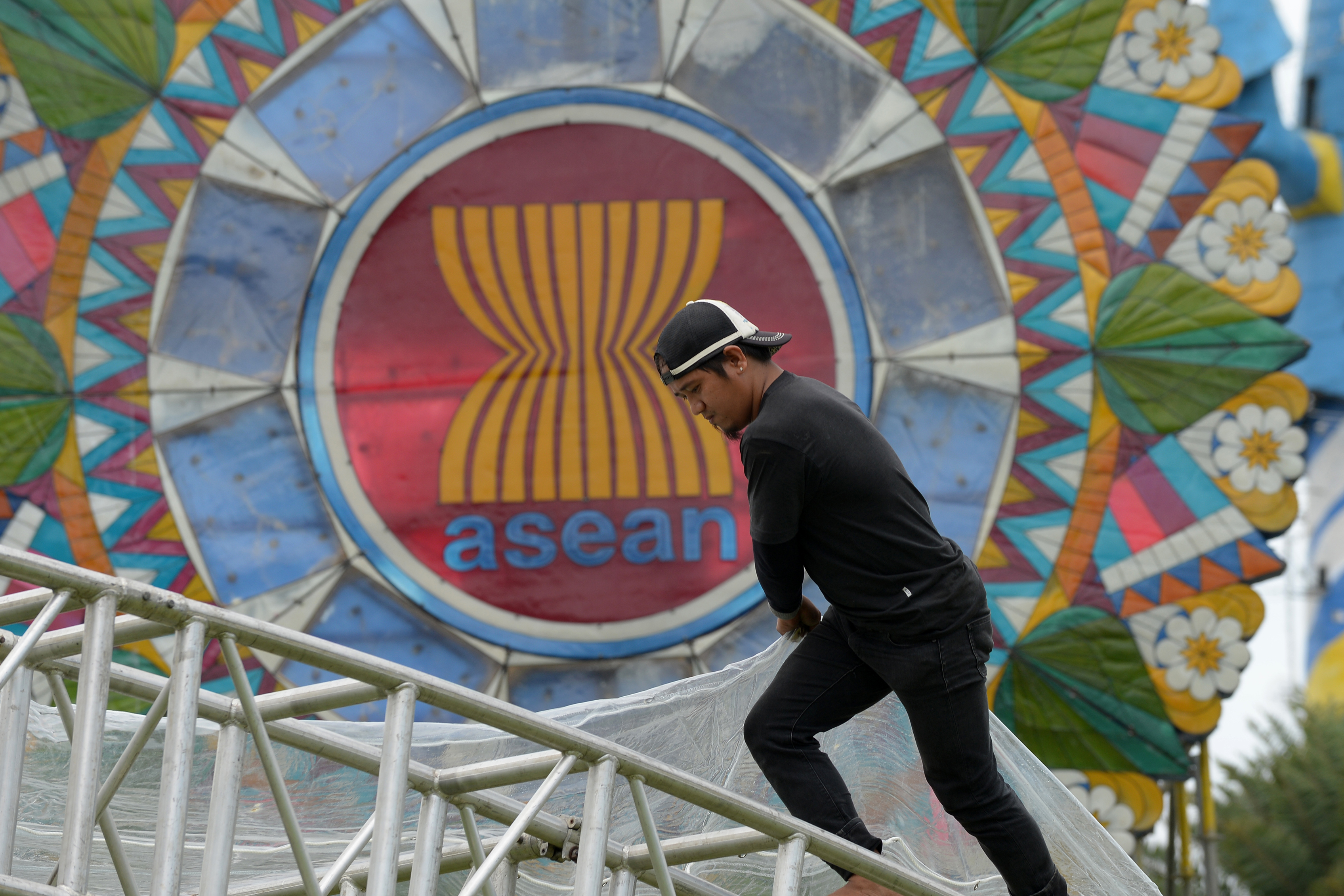While developed ASEAN nations like Singapore and Brunei remain a lure for investors, the economic potential of the region also lies in the prospect held by the other emerging markets within the 10-member association.
Often touted as a possible addition to the BRICS (Brazil, Russia, India, China South Africa) grouping of emerging economies, Indonesia, in the recent past, has seen structural reforms and heavy emphasis on infrastructure and investment development aimed towards long-term economic growth. In a comment published by the Jakarta Globe, Michael Hasenstab, Chief Investment Officer for global investment firm, Franklin Templeton Investments noted that “prudent fiscal and monetary policies” underscore the macroeconomic strength of the Group of Twenty (G20) member nation.
Another potential is Malaysia which saw a three-fold increase of its approved foreign investment in 2016 at US$ 2.8 billion. Forecast figures from Morgan Stanley, Nomura and the International Monetary Fund (IMF) put Malaysia’s economic growth anywhere between 4.5% to 5.3%. In March of this year, the country recorded its highest ever monthly export figures at US$ 82.63 billion. Prime Minister Najib Razak in his speech at Invest Malaysia 2017 recently reiterated that the country is on the right trajectory to sustain and reach even higher economic growth in the future.
Further north in Thailand, a recent acquisition of a hotel development project by Singapore based Carlton Hotel Group are part of a projected US$420 million worth of hotel investment volume in the country for this year. However, the overall investment landscape of the country has been on the downturn with many investors growing impatient of Thai companies and their lacklustre demand and excess factory capacity. Hence, more and more Thai investors are taking their cash stockpiles to neighbouring ASEAN countries. Thailand’s intra-ASEAN investment is predicted to hit the US$10 billion mark by year end.
Thailand’s influence on her neighbours are effectively helpful in spurring the economically disadvantaged countries of ASEAN, namely Cambodia, Laos, Myanmar and Vietnam (CLMV). The low wages and growing demand by these nations are a perfect set up for them to pour in their capital which in turn creates new markets and helps grow the CLMV economies. Most recently, King Group Co., owned by the Mahagitsiri family announced plans to expand into these four countries. Thai based energy company, Banpu have also begun discussions with counterparts in Vietnam to invest in greenfield technologies and partake in acquisition deals. It already operates a 1,600 Hongsa mine-mouth power plant in Laos and is looking to expand to Myanmar as well.
Sunway University Business School Professor of Economics Dr Yeah Kim Leng when contacted by The ASEAN Post, told that suitable macroeconomic conditions characterised by market friendly policies are an encouraging factor for investors looking to tap into the potential of the CLMV economies. He added that many Malaysian investors were also keen on expanding to these markets thanks to its proximity and impressive economic growth of between 6-7% annually.
Across the seas at the Philippines, President Rodrigo Duterte has big plans for infrastructure in the state and looks to fund these projects with mostly Chinese investments. While some Philippine economic managers remain optimistic that these new foreign direct investment (FDI) injections will do good for the country’s economy, others are worried that the Philippines has untowardly walked into a debt-trap set by China. Recent foreign policy posture changes towards Beijing and Moscow signal a departure from the usual Washington friendly policies practiced by the Aquino administration. However, the government sings a different tune vis-à-vis these infrastructure plans which amount to US$167 billion. They are said to boost employment, and attract more investors as the nation heralds a so called “golden age of infrastructure”.
The shifting geopolitics of the ASEAN region could be the single greatest threat to the development of the association’s emerging economies. In light of the unpredictability of the future, the emergent economies of ASEAN must find a way to navigate the tricky waters of diplomacy. Nevertheless, investors are still deeply interested in exploiting the potential and opportunities which the region has to offer. Among others, ASEAN’s increasing share of global exports, its shift from agricultural exports to exports of manufactured goods, burgeoning intra-ASEAN trade and tripling of FDI flows into the region since 1999, are signs that the association is still poised to be a collective economic powerhouse, rivalling China, India, the EU and US by 2050.
